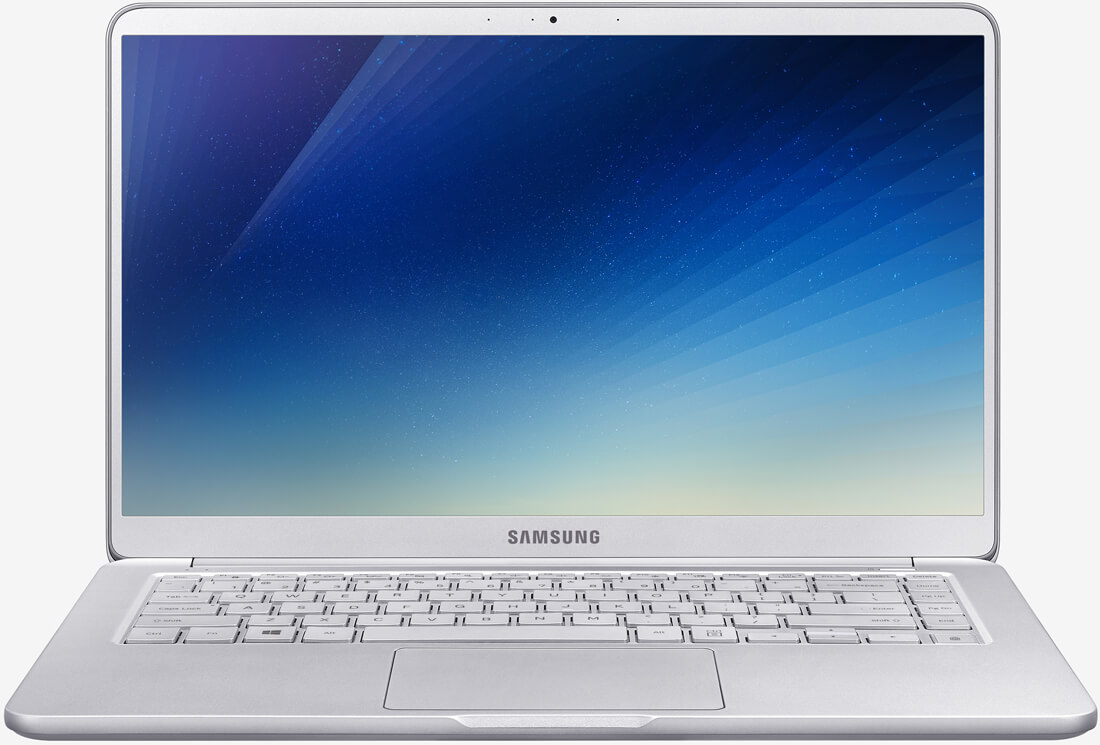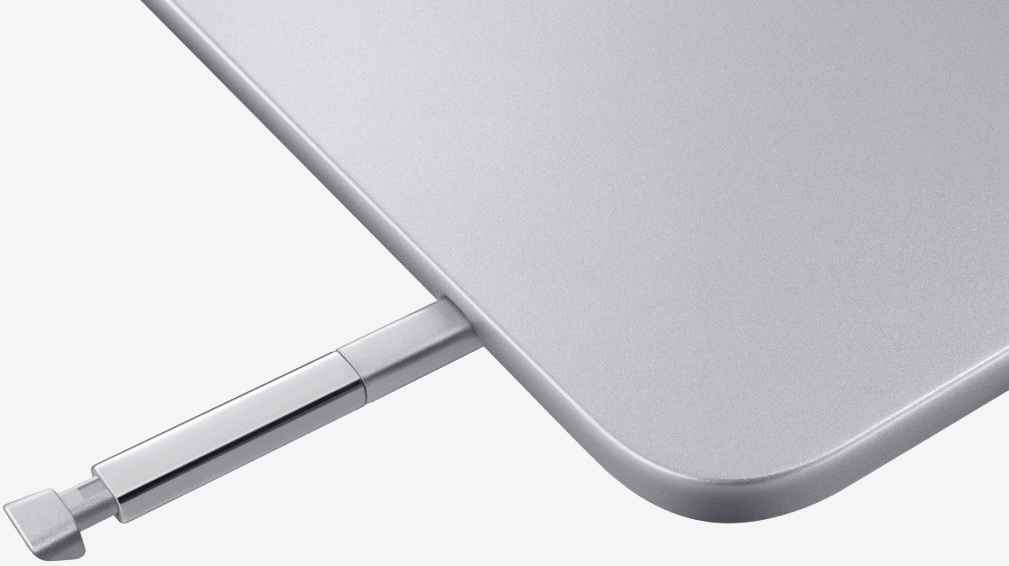Samsung was among the first major technology players to reveal its hand ahead of CES, refreshing its Notebook 9 line of Ultrabooks nearly a month before the big show. The laptops were constructed of a premium material called Metal 12 which was instrumental in keeping weight at a minimum (the lightest example weighed just 2.2 pounds).
Now, Samsung is ready to utilize the lightweight material in other electronics.
Metal 12 isn't a revolutionary material but rather, a proprietary magnesium-aluminum alloy that Samsung recently filed a trademark for (the name Metal 12, likely for marketing purposes).
Filed on January 12 with the European Union Intellectual Property Office, the application outlines the use of the material in several non-laptop products including 3D eye glasses, smartphones and tablets, portable media players, wireless headphones and wearable computer peripherals, just to name a few.

Unfortunately, trademarks are even less of an indicator of intent than patent applications. While it's possible that the upcoming Galaxy S9 could utilize a lightweight magnesium-aluminum alloy chassis, it's too early to state that as fact.
This isn't the first time Samsung's Galaxy line has been associated with such a chassis. In 2015, rumors surfaced suggesting the upcoming Galaxy S7 would employ a magnesium alloy body with a glass back but that intel ultimately proved inaccurate.
Either way, it looks as if we won't have to wait too much longer to hear about Samsung's next flagship. Serial leaker Evan Blass on Tuesday said Samsung plans to unveil the Galaxy S9 on February 26 to coincide with the start of Mobile World Congress ahead of a March 16 launch.
